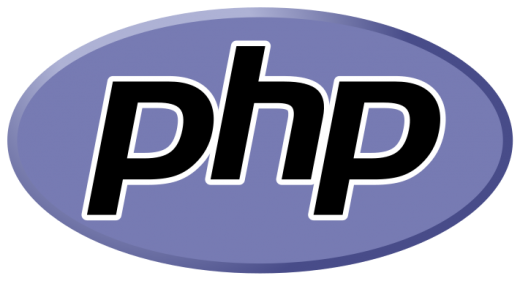Categories: "Design Engineering"

AMI - upgrade PHP from 7.1 to 7.3
Oct 17th
Don't do this on a production system
I ran this on an Amazon Linux AMI - it's probably fine on CentOS, etc.
Get all the PHP 7.1 packages and make a file called php. You might have to change the .x86_64 to .i386/.i686
sudo yum list installed php71* | grep php | cut -f1 -d' ' | tr -d '.x86_64' | tr "\n" ' ' | sed "s/71/73/g" > phpRemove PHP 7.1 (remember I said not to do this on a production machine)
sudo yum remove php71*Now edit your php file and add
sudo yum install at the beginning of the list of packages
It should look something like this
sudo yum install php73 php73-cli php73-common php73-gd php73-imap php73-intl php73-json php73-mbstring php73-mysqlnd php73-opcache php73-pdo php73-pecl-apcu php73-pecl-igbinary php73-pecl-memcached php73-pgsql php73-process php73-soap php73-mlRun the php file with
source phpAnd, if you are using memcached, run this too
sudo yum install php7-pear php73-devel
sudo pecl7 install memcached
sudo pecl7 update-channels
Add this into php.ini somewhere ...
extension=memcached.soRestart Apache
sudo apachectl restartBask in the glory

Further Application Notes
Jan 2nd
robots.design works very well through upgrades, in this case, with dojo. Using the tundra theme, I can reskin an application - including dojo/dijit very quickly.
Some colors should not be changed - specifically error and warning displays which are traditionally red and yellow respectively. A backup of the CSS files was invaluable, since a dojo upgrade only required CSS upgrades for the dojo files (dojo.css, dijit.css, tundra.css).

Application Delivery Networks - An Excellent Application of robots.design
Dec 7th
The link above suggests integrating diverse, externally hosted applications with polished designs. This is an excellent use of robots.design, because the volume of design translation may be massive.
The basic approach would be to identify those CSS files related to color, get the color attributes, and apply new colors using robots.wizard. You could skin many applications, very quickly, even if their original color schemes were very different.
The key to success will be to limit the skin colors, and augment them with images. If you have a very complex, colorful, comp, the variation in target application color schemes may make it difficult to get a consistent color set out of robots.wizard. You can remove colors from the image, without modifying it, in Step 1 of robots.wizard.

Contact Form Fixed
Dec 4th
Sincere apologies to those who tried to request information through the contact form on this blog. I have changed it to use the http://know-waste.com contact form and tested it carefully. Comments and inquiries are most welcome.

More Cost-Effective Design Strategies
Oct 29th
- Work within application design architectures. In other words, try to use as much of their HTML and CSS as possible, or replace just the CSS. Most good applications have a nice hierarchical CSS and template organization. Learn to work with it. Many application allow the addition and removal of widgets and tools from the admin interface. Accomodate that and support it. Its is extremely valuable.
- Use icon sets. They will allow you to provide a beautiful interface in a fraction of the time. http://www.everaldo.com/crystal/. Support these projects if possible, ask your employer.
- Use toolkits, but carefully. If it is a simple feature, code it yourself. If it is complex, find a toolkit or javascript library.
- Keep the layout and colors separate in the CSS. That way, you can reskin an application in different ways, easily. Use browser specific overrides where necessary.
- If you are building an application use a hierarchical template structure and create components that can support the whole system, instead of just one page.
